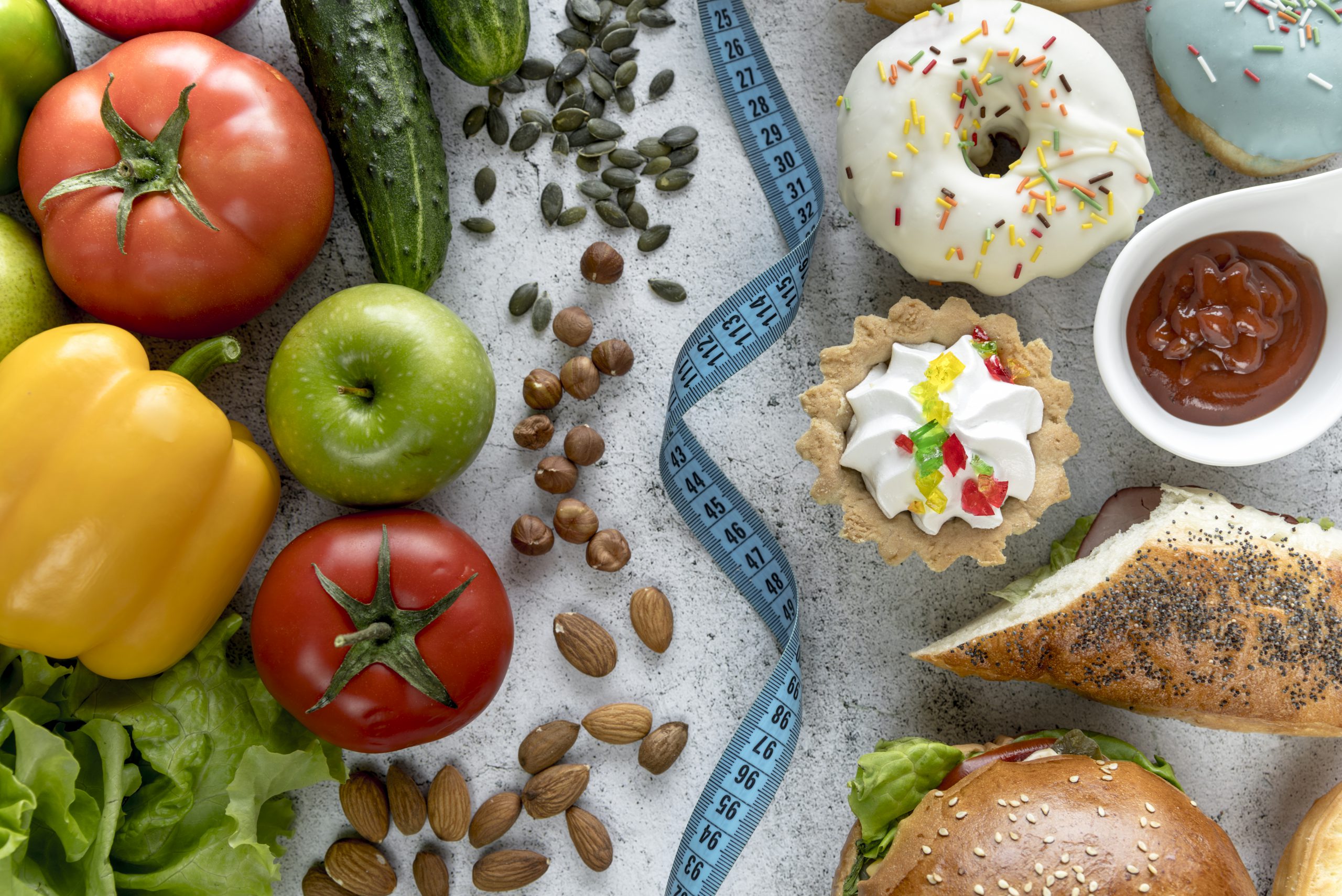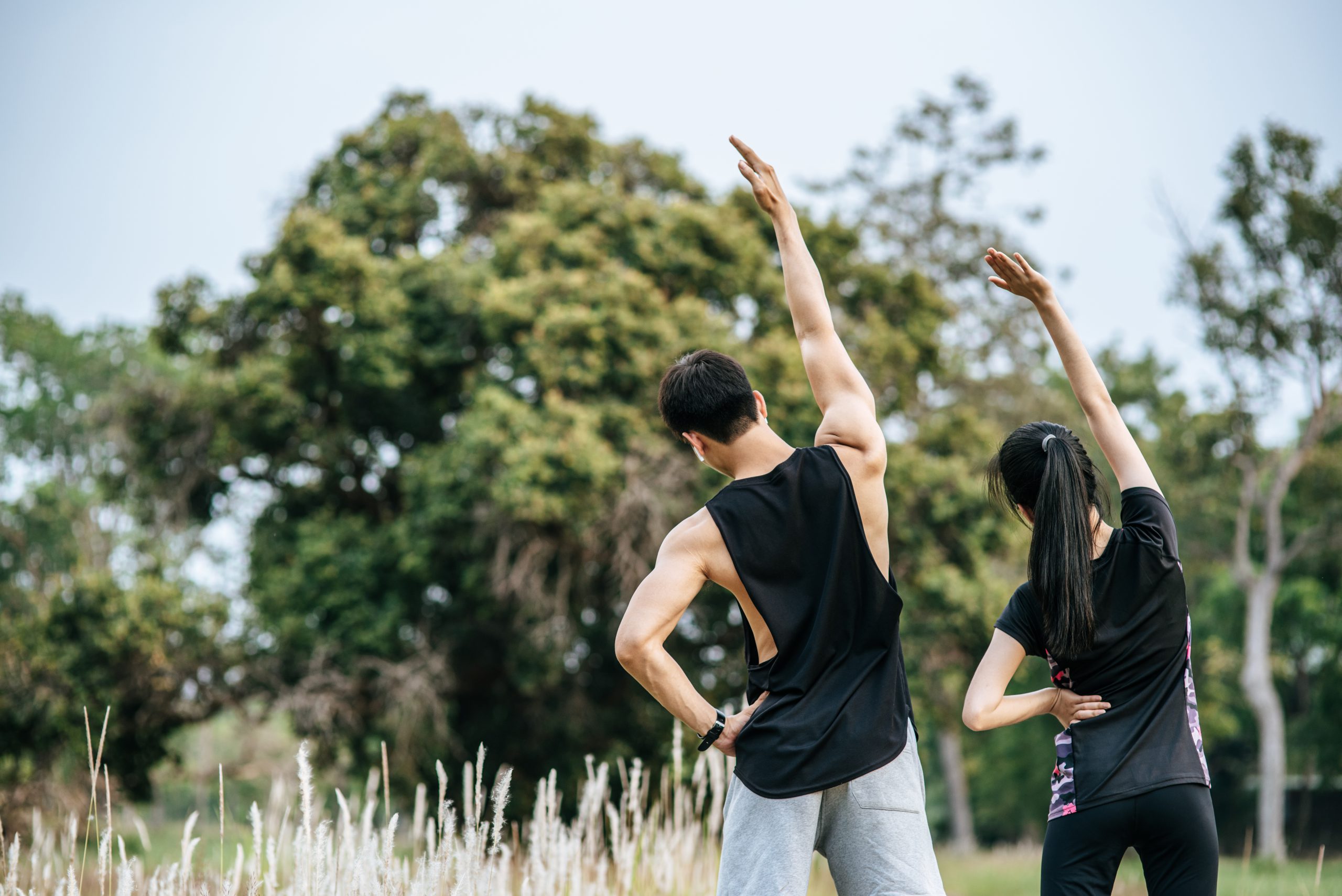A calorie is the unit of energy. It is the fuel that your body needs. Your body requires three different macronutrients – carbohydrates, protein, fat. 1 gram of carbohydrate will give 4kcal, 1 gram of protein will give 4kcal and 1 gram of fat will give 9kcal
Let’s take a simple comparison between two most common items and try to find out answer to this question. Here, I am comparing an apple and a can of soda. An apple (1 nos) gives me approximately 50 kcal and surprisingly a can of soda will also roughly give me 45 kcal. Not much of a difference between the two of them, right? Does that mean all the calories are the same? Many people believe in this quote that “A calorie is a calorie” and it doesn’t matter if you consume a fruit or a can of soda.
Living in an obesogenic environment where food is just one click away, each one of us are somewhat influenced by the environment to consume more palatable foods which are ultimately high in fats, sugars and salt. Taking the above example, if given a choice to quench one’s hunger and sugar craving, majority of the people will still opt for a can of soda and not a fresh fruit.
Here is where the concept of quality calories vs empty calories comes into the picture. Fruits are usually low in calories but they are high in fibre, vitamins and minerals which serves as a major source of antioxidant in our body. The calories might be low, but it is nutritionally balanced and apart from just giving energy, it serves many other functions. On the other hand, calories coming from a can of soda will be termed as “empty calories”. They only contain added sugar and additives to make the food more palatable. A can of soda alsolacks nutrients and make the calories “empty” because it serves no benefits to the human body. An empty calorie will contribute nowhere to your nutrition and can also deplete the nutrition stores in your body. Empty calories have a lower satiety index also, so they make you feel less satisfied and hungrier every time you consume it.
Some examples of empty calories: All types of processed foods like pizza, pasta, burgers, bacon, carbonated beverages and sugar sweetened beverages. Some examples of Quality calories: fresh fruits and vegetables, whole grains like oats, bajra, jowar, pulses and legumes, lean meat and free fat milk.
So, the next time when you make the decision look at the overall nutrition of the product and not just the calories. Look for a longer run and sustainability whenever you choose!





